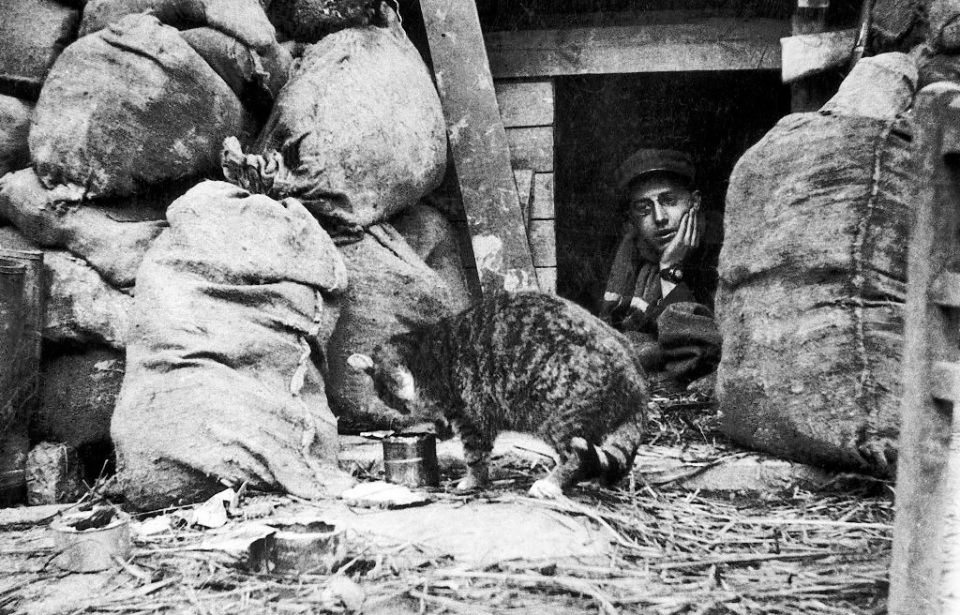In recent years, cats have been the subject of immense online fame. Users can’t get enough of their adorable faces and “toe beans” – and don’t get us started on their boop-able noses. What many might not know is these loveable felines played an important role during World War I, providing not just pest control, but also much-needed morale boosts.
500,000 cats served in the trenches of World War I
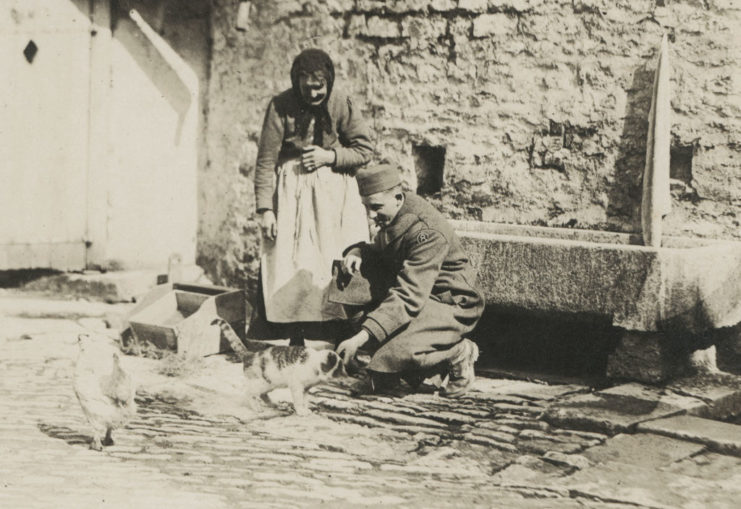
It’s estimated 500,000 cats were dispatched to the trenches of Europe during World War I. They were tasked with killing the (oftentimes massive) rats that came to infest all fronts of the conflict, but they also had a secondary job: gas detection.
Chemical warfare played a major role in World War I
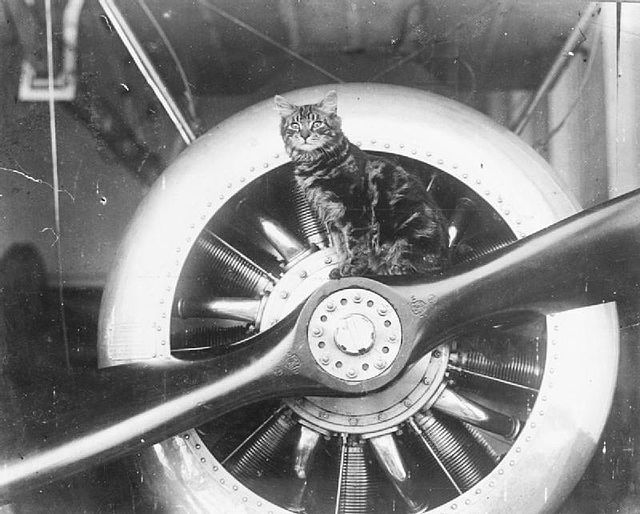
The conflict was the first time large-scale chemical warfare was utilized, and the near-odorless and colorless gas was incredibly dangerous. If it didn’t kill a soldier, it left him with permanent ill-effects that caused medical issues later in life.
‘Canary in a coal mine’
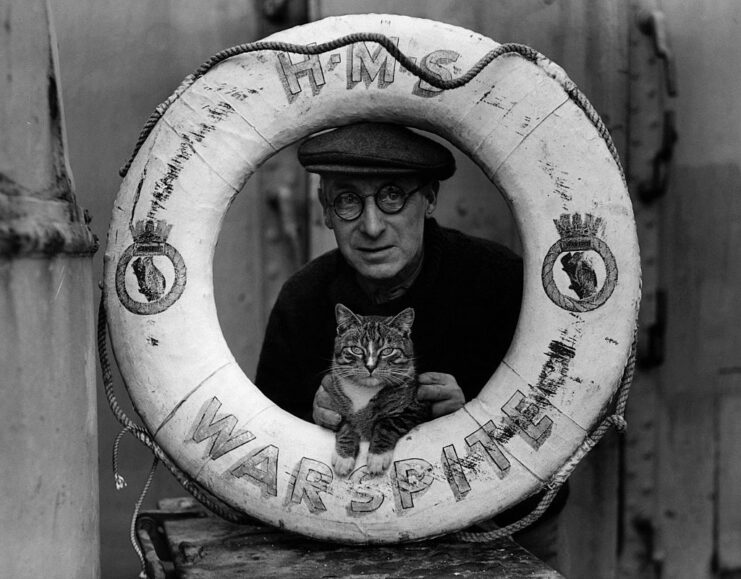
To ensure the safety of troops on the front, Britain sent 500 cats to serve as their version of a “canary in a coal mine.”
The felines succumbed to the effects of gas faster than their human counterparts, providing enough warning for soldiers to grab their gas masks and seek shelter.
Cats served as messengers
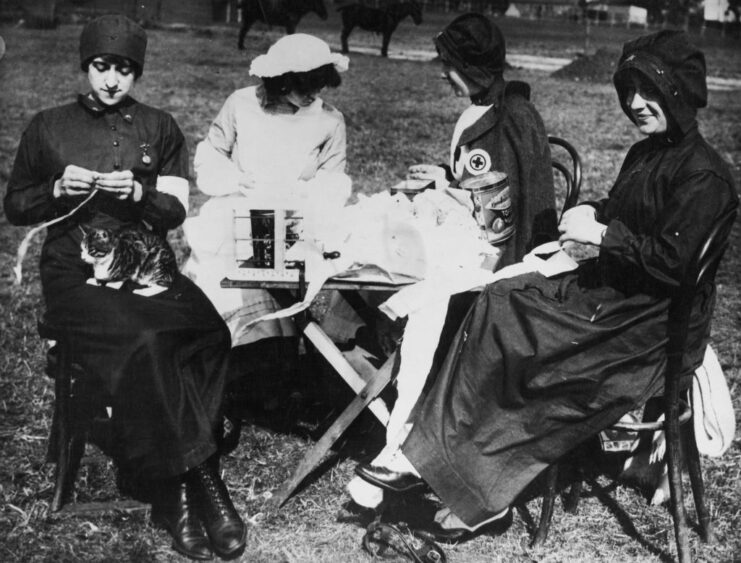
A rather interesting use for cats during World War I was relaying messages between the lines. This is most notable during the Christmas Truce of 1914, when Allied and German troops sent messages to each other by tucking notes in their feline friends’ collars.
Paranoia arose as a result of using cats as messengers
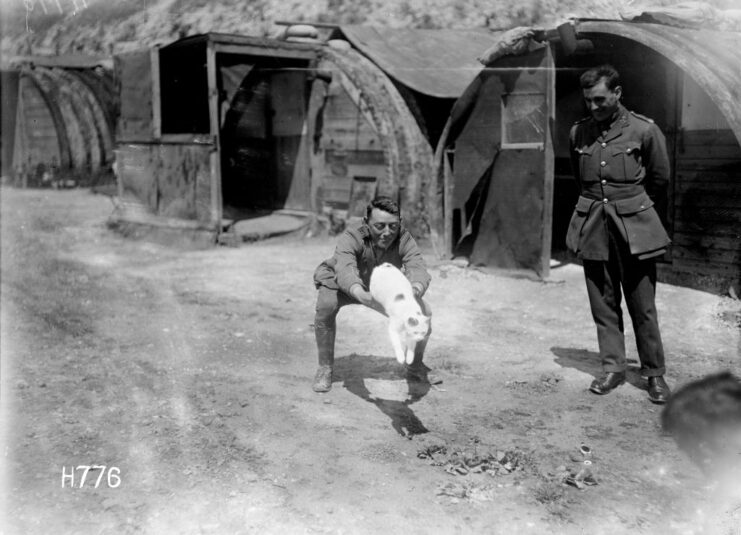
Unfortunately, this practice caused paranoia, evident in the 1915 death of Felix the cat.
A British intelligence report declared that two cats and a dog were seen running along enemy lines and officials began to fear they were being used for nefarious reasons. A French general decided the risk was too great, so he captured Felix and sentenced him to death for treason.
Cats served as morale boosters
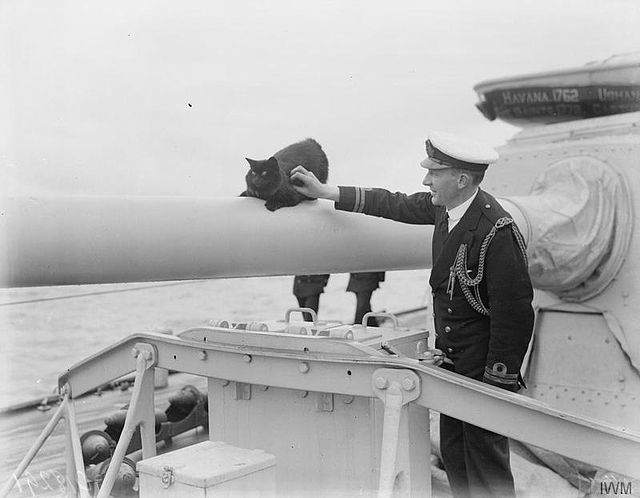
When not risking their lives, cats served as morale boosters. Many became honorary regiment mascots, and soldiers often shared their rations with their feline friends. During breaks between battles, they would spend time in their living quarters playing with them.
Pitouchi: The hero cat of the Belgian Army
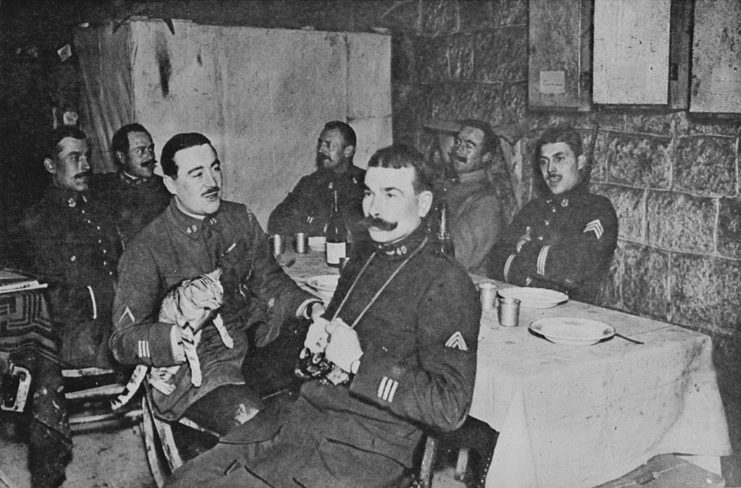
One of the more famous cats of World War I was Pitouchi, the adopted friend of Lt. Lekeux. After nursing the orphaned kitten back to health, Lekeux brought him everywhere, including near the German front. It was there that Pitouchi saved his friend’s skin, according to author Susan Bulanda.
Sketching enemy trenches
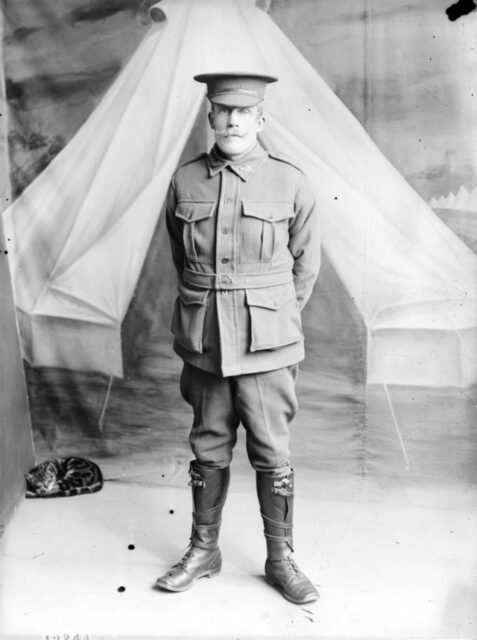
According to Susan Bulanda, Lt. Lekeux was walking along the German line when he saw soldiers digging a new trench. Looking to sketch the layout, he hid in a hole. Unfortunately, he became so engrossed in his work that he didn’t notice the enemy troops moving toward him.
By the time he became aware of their positions, he had no choice but to lie still and hope for the best.
Pitouchi jumped into action
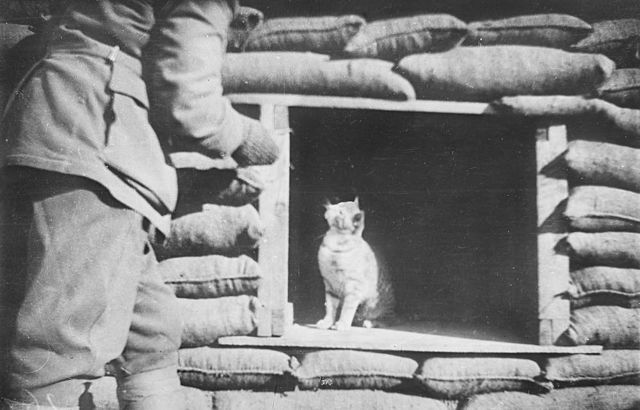
Unfortunately, the soldiers noticed the Belgian lieutenant. One of them yelled, “He’s in the hole,” after which Pitouchi jumped out of their hiding spot and onto a piece of timber. Startled, they shot at him, but didn’t manage to hit the tiny feline. Assuming they’d mistaken Pitouchi for a man, they went on their way, after which Lekeux finished his sketch and returned to the Belgian line.
If that’s not a hero cat, we don’t know what is!
Pest patrol was an important job aboard warships
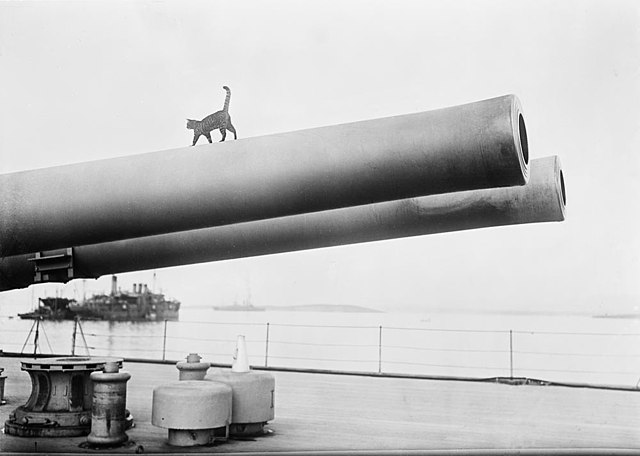
Having cats aboard a ship is nothing new. They’ve always been a staple of sea life, primarily due to their superb hunting abilities. When you’re in the ocean with limited provisions, the last thing you want is for your food to be eaten by rats and mice.
Pair this with the risk vermin pose regarding the spread of disease and the fact they chew through rope, and cats basically ensured the health of everyone onboard during World War I.
Cats were a symbol of good luck on the high seas
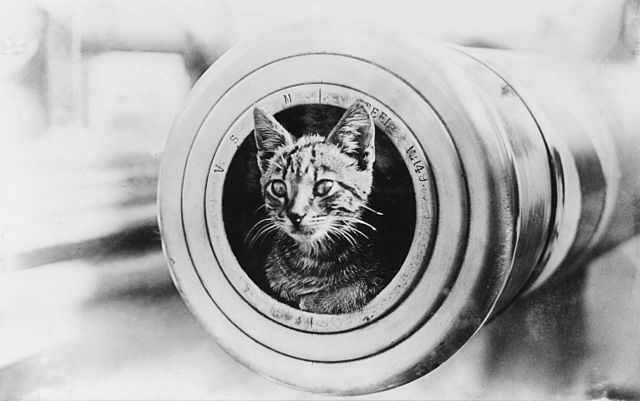
In addition to their work in the pest control department, many sailors believed cats were a symbol of good luck, with the more superstitious thinking they had the ability to protect vessels from encountering hazardous weather, which isn’t exactly all that untrue. Felines are actually able to detect even the slightest change in weather, thanks to the sensitivity of their inner ears.
Sailors saw cats as companions while serving aboard warships
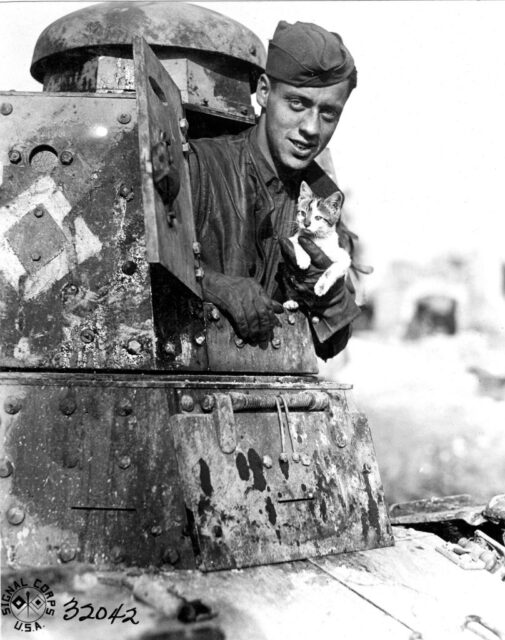
More from us: J.R.R. Tolkien’s Experiences During the Battle of the Somme Influenced ‘The Lord of the Rings’
As with those in the trenches, the majority aboard ships saw cats as companions. Sailors were away from home for months at a time, so they took comfort in playing and spending time with their vessel’s ship cats. In fact, it was common for crews to adopt felines from the places they visited, to serve as both souvenirs and pets back home.
